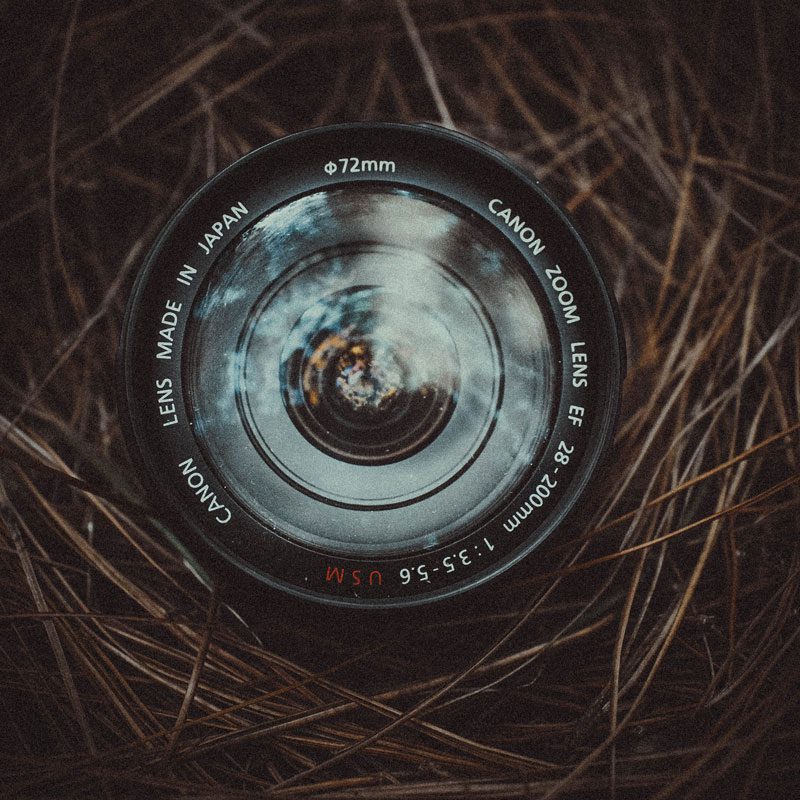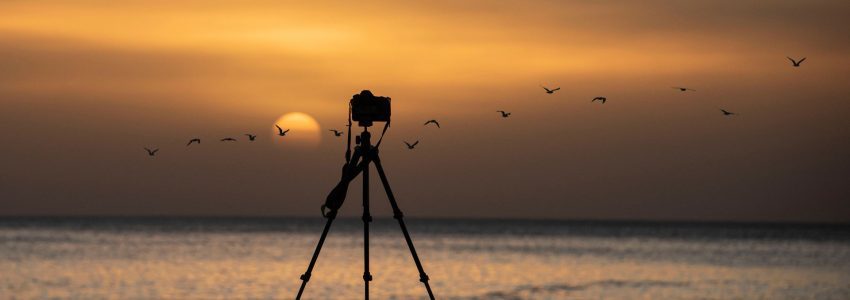Going on safari is a feast for photographs. It usually conjures up images of golden light at dusk with sunset hanging in the air as all manner of creatures finish off the day around a watering hole and greet the coming night.
This may be a little exaggerated, but the truth of the tale is that your safari is remembered in the best light, with the perfect images of birds playing through the slideshow in your brain has put together. Then you reach for your photographs and wonder what went wrong.
We decided to put some points together to help you make the most of your photographs on your birding safari.
Bird Knowledge
Your bird knowledge can really help you here. Having the right equipment to be photographing the birds is important, but knowing what their behaviour is and where to find them, will help a great deal. If your bird knowledge is good and your guide’s knowledge is extensive, this will help you get the kind of photo you are looking for, eg. as a bird bursts into flight, where the bird is likely to be at different times of the day and how it will interact with the environment around it.
Camera
Having access to a DSLR (Digital Single Lens Reflex) camera is essential for the ease of use with multiple modes for different circumstances and being able to view your shots. Both Canon and Nikon make a range of these cameras to suit most budgets, but Sony and Olympus also have introduced reasonable models too. There are two big factors affecting your decision: the ISO rating (the sensor’s sensitivity to low light) and your shutter frame rate (how many frames per second can be captured).
Focusing
Your camera will allow you to choose between a couple of modes for focusing:
- One-Shot AF – one-shot captured when the focus is locked
- Continuous / AI Servo AF – when the shutter is half-pressed you will continue to capture shots as long as you track the subject.
Due to birds being creatures that move around considerably, the latter is more likely to be useful in photographing your feathered friends.
Eye Level
If you are able to, shoot at eye level. It changes the focus quite dramatically and means that the foreground and background can be blurred while your subject is in focus.

Wind Direction
Birds rely on wind direction for flight. They will try to fly into the wind because this gives them the lift they need to keep steady. Raptors especially rely on the wind to lift their heavier frames on the thermals.
If you wish to capture the birds flying head-on, it is a good idea to position yourself upwind of the bird.
Use support
Bean bags, monopods and tripods are all great forms of support to use if you are using larger lenses to capture your bird. They come in handy during different situations.
Monopods can be a great help in keeping you steady when you may need to move around or have restricted space. Beanbags are superb for hides and vehicles to ensure a steady shot. When shooting long exposure or low light shots, tripods will provide the stability you need for a crystal clear shot.
Remote Triggers
These are super handy if you have skittish birds to photograph. You are able to place the camera in the necessary position and retreat to a quiet spot so that the birds can settle in.
With a bit of luck, from your hidden area, you will be able to get some close-up shots without frightening the birds off.
The most important tip of all is that you need to be comfortable and familiar with your equipment. Spend some time practising before you head off on safari to make sure that you come back with incredible photos to match your memories.
If you want to book an African Bird Safari, look at the exciting packages we offer and get in touch with us for your safari experience on tours@tanzaniabirding.com.
Sources:

